dub-sport
TPF Noob!
- Joined
- Jan 9, 2008
- Messages
- 15
- Reaction score
- 0
- Can others edit my Photos
- Photos OK to edit
hi there im quite new to all this any way iv brought the canon eos 350d dslr and im taking about 50 minit exposure pics of the stars this is in the south of england im taking these pics late at night so it aint worm thats for sure i got told its the heat that brakes the camera and basicly is this true long exposure shortens the camera life very quickly i use my camera every Sunday thats about it really and now and then on family and sunsets an thats it if this is true how long do u think it will last .....any info on this will be great and im sorry for and spelling ..thanks


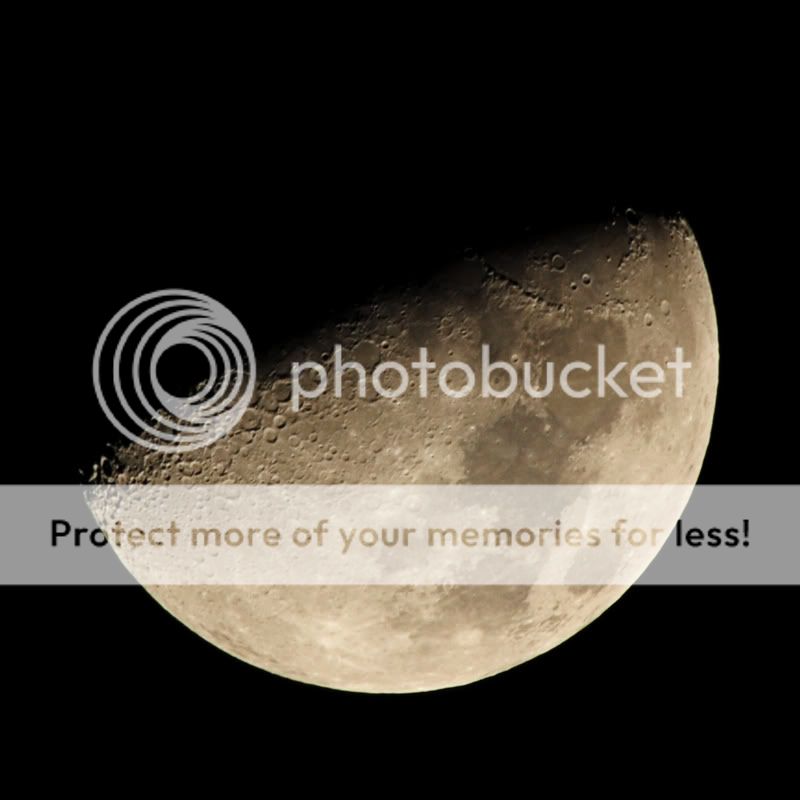
 and when i take long exposures pics of the stars i seem to be getting a dark red ish back ground is this were there is lights around ? ........thanks peeps:thumbup::thumbup:
and when i take long exposures pics of the stars i seem to be getting a dark red ish back ground is this were there is lights around ? ........thanks peeps:thumbup::thumbup:![[No title]](/data/xfmg/thumbnail/37/37627-c3d3ca879cdfbdb9e35acdcc7fcd4b3e.jpg?1619738154)
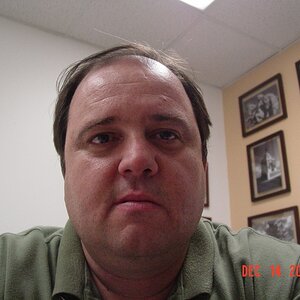
![[No title]](/data/xfmg/thumbnail/31/31756-ed344608f5fc9a69ff1d67dc7d03161c.jpg?1619734993)
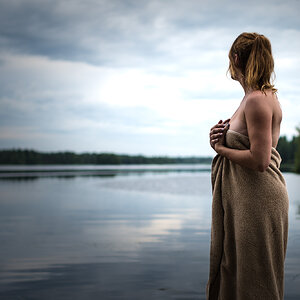
![[No title]](/data/xfmg/thumbnail/37/37630-10bda987ab220dc60e7c1cb65502f83c.jpg?1619738155)
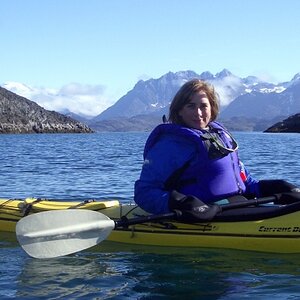
![[No title]](/data/xfmg/thumbnail/31/31758-546fe80b548bda08983001811ab5be60.jpg?1619734994)
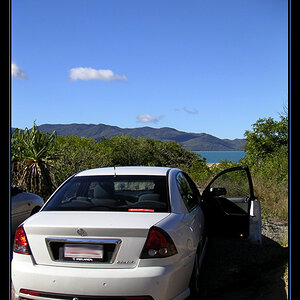
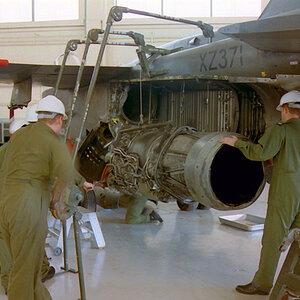
![[No title]](/data/xfmg/thumbnail/34/34139-e52deba745f42ba091907fcc460cd6db.jpg?1619736311)
![[No title]](/data/xfmg/thumbnail/36/36303-10b1a386a9a00cf90fb7605d2d2c48c1.jpg?1619737497)
![[No title]](/data/xfmg/thumbnail/34/34137-37e6e29a844c1214e5b14ce322c7b716.jpg?1619736309)